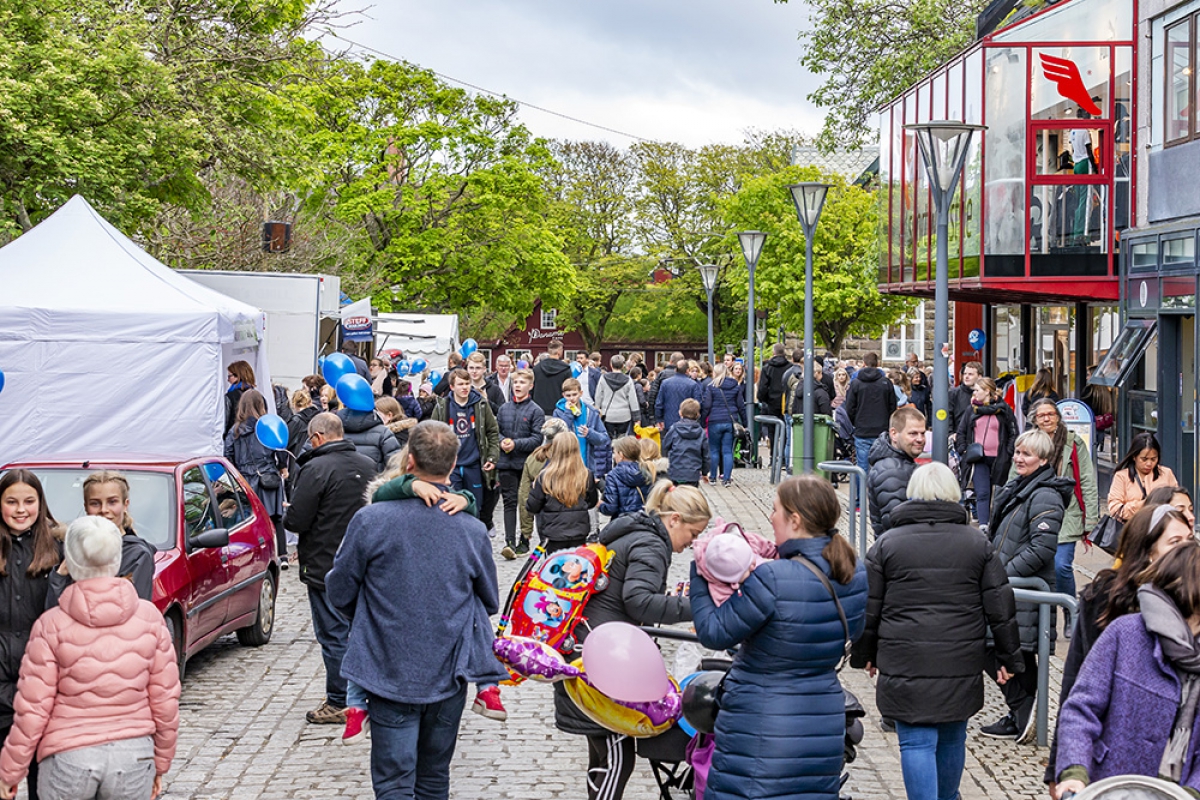Population
09. Sep 2021
Faroese population surpasses 53,500

On 1 August this year, the Faroese population had reached 53,567, a year-on-year increase of 790 people (1.5%).
[px-graph-3]
The population trend is determined by net migration (the difference in the number of immigrants and emigrants) and the excess of births over deaths.
The 1.5% population growth over the past year is made up of a net migration figure of 476 and an excess of births of 314 children.
Immigration has decreased slightly over the past three years. July is traditionally the month with the highest number of new immigrants, but July 2021 saw the lowest immigration figure since 2013. Emigration also saw a slight decrease last year, but this figure is now on the increase again. This results in a slight dip in net migration, bringing it back to 2017 levels.
However, the population continues to grow as the excess of births over deaths makes up for the drop in net migration. The past year saw an excess of 314 births, which is the highest figure since 2003. This excess is predominantly due to a gradual increase in births, as the number of deaths has remained relatively steady.
The solid lines in the graph below show the trend for immigration and emigration.
The solid lines in the graph below show the trend in live births and deaths.
The table below shows the population in each municipality on 1 August 2020 and 1 August 2021.
Tórshavn municipality had the highest population growth, increasing by 390 residents over the past year. Vestmanna municipality saw the biggest drop, with 11 fewer residents.
The highest percentage growth was in Hov municipality, which increased by 5 people (5.2%), followed by Nes municipality, which increased by 50 people (3.7%). The biggest percentage decline was in Fugloy municipality, which dropped by 2.6%, or 1 person.
[px-graph-1]
Population figures have a one-month lag
The figures have a one-month lag due to delays in registrations, especially regarding address changes, where many registrations are made after the month of address change has ended. To accommodate as many corrections as possible, there is a one-month lag in the data.
About the population figures
The population is defined as all individuals registered in the national register as residents of the Faroe Islands. Population data includes date of birth, gender, place of birth, citizenship, relationship status, and, where applicable, information on immigration and emigration, domestically as well as between the Faroe Islands and other nations.
About the trend
The trend describes the population trend by adjusting for seasonal effects and other error components in the population figure.